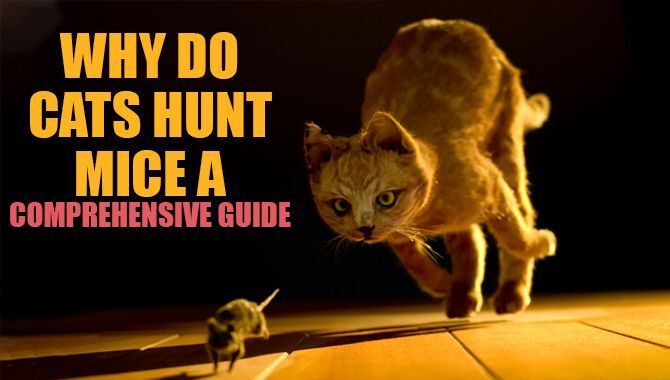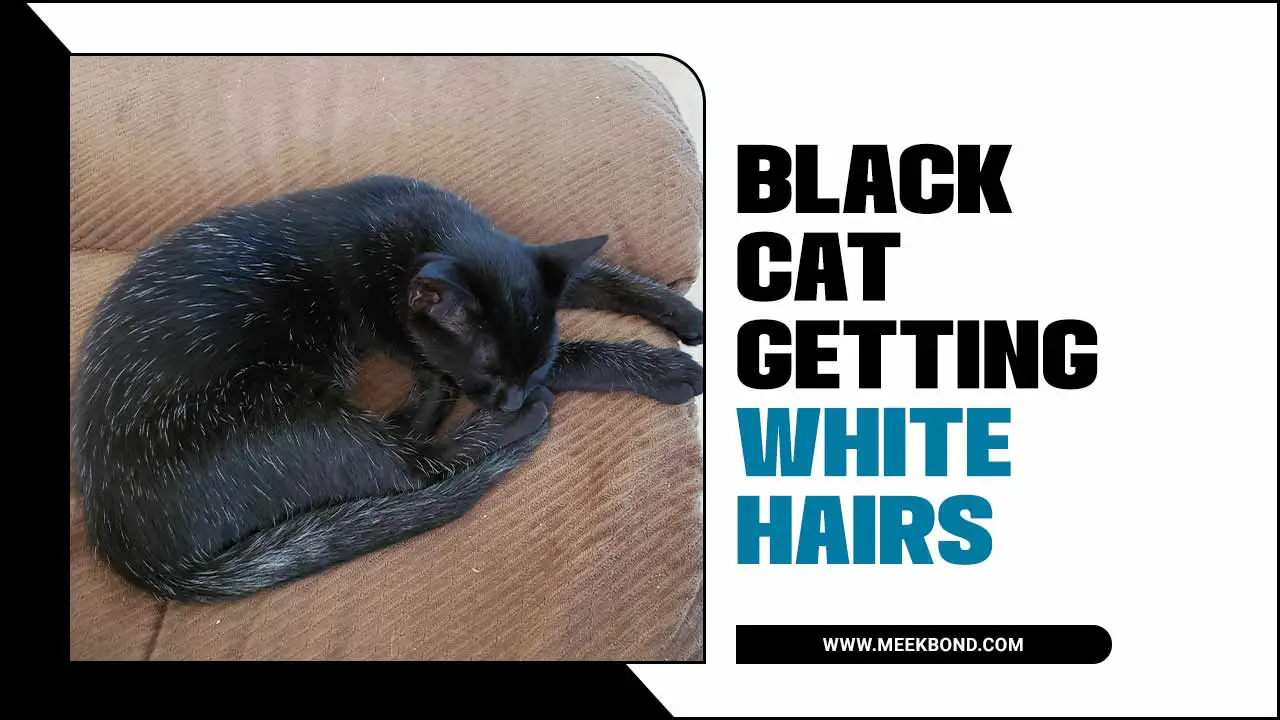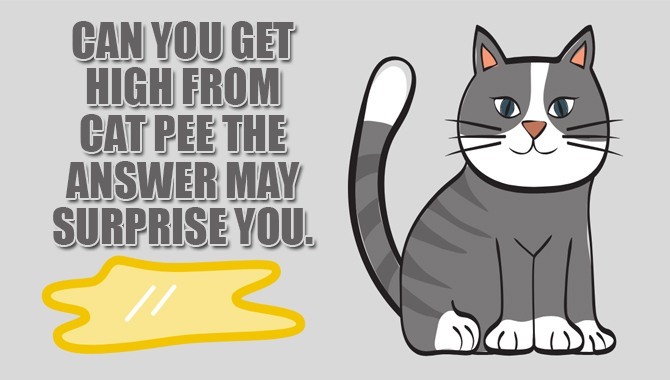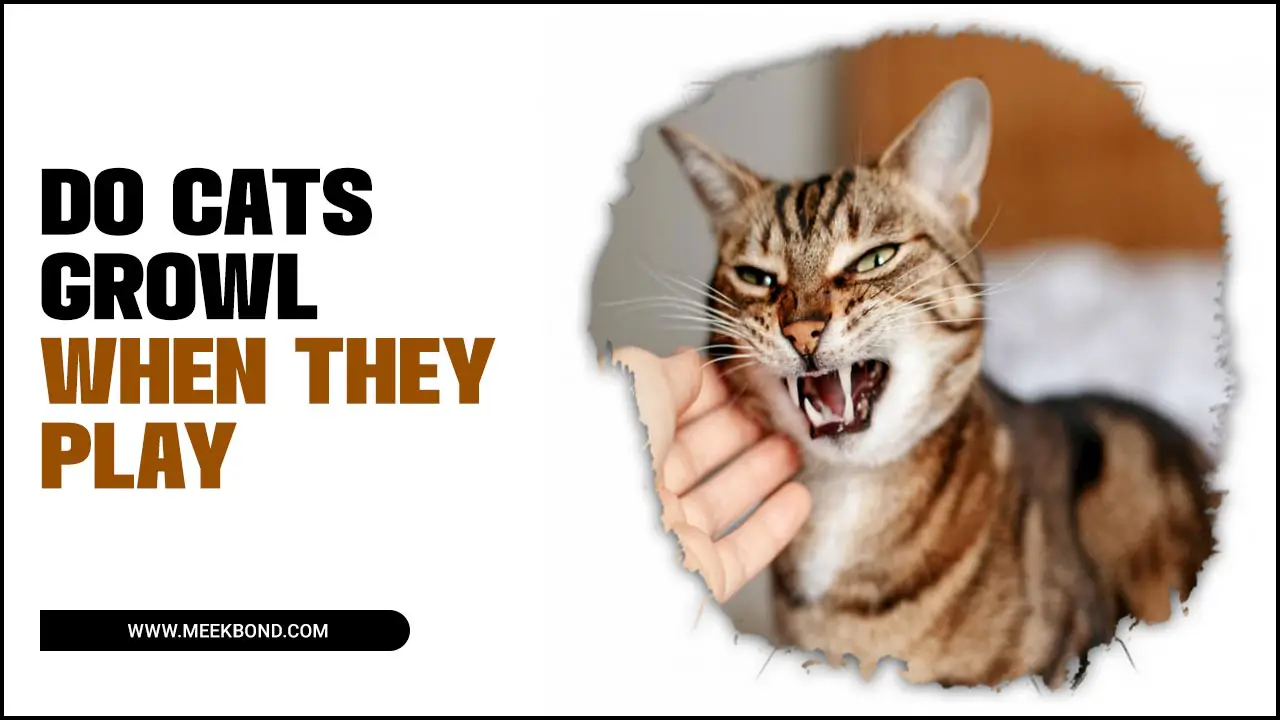A cat’s paw pad callus is an area on a cat’s paw pad that becomes thick and hardened due to excessive walking on rough surfaces or grooming.
It can cause discomfort to the cat, leading to symptoms such as cracked or bleeding paw pads, limping, and pain. Various treatment options are available for this condition, including keeping the paws clean and moisturized, using protective boots to prevent further damage, and consulting with a veterinarian for severe cases.
Here we will discuss everything from what causes cat paw pad callus to the symptoms to look out for in your pet. We will also explore various treatment options available to help alleviate pain and discomfort. By the end of this article, you will better understand how to prevent and treat cat-paw pad callus, ensuring your kitty’s paws remain happy and healthy.
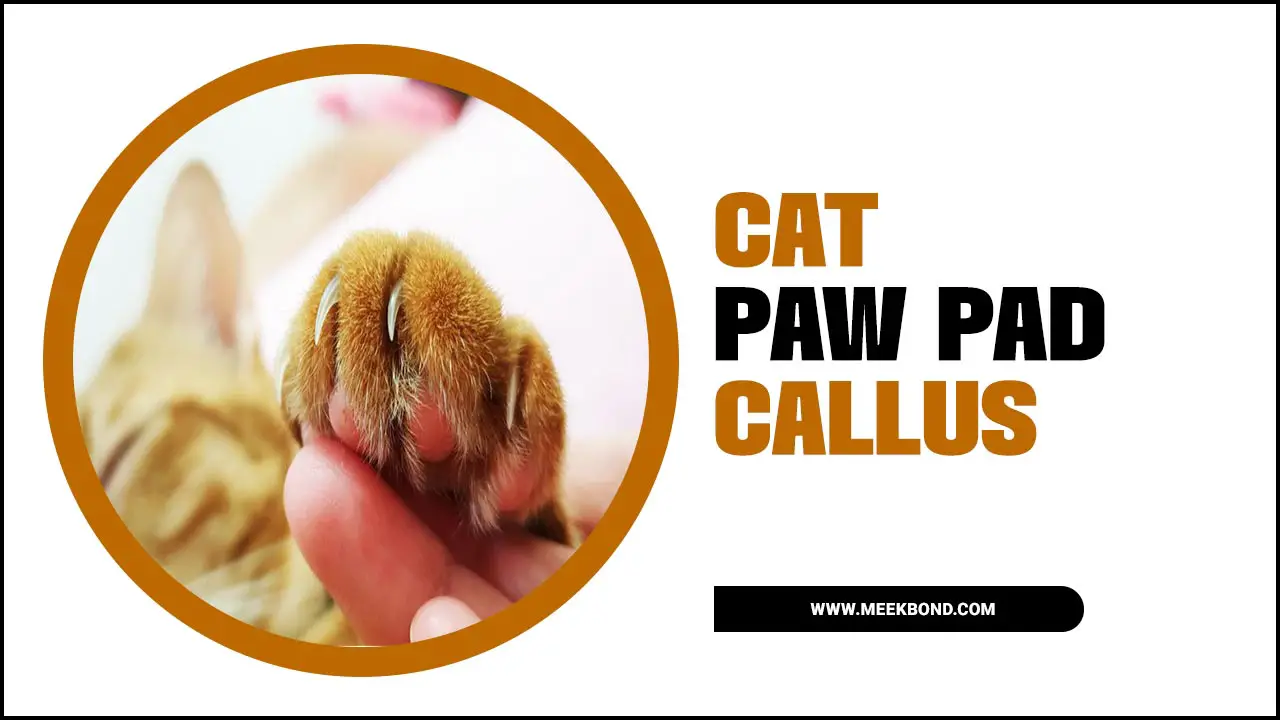
Causes Of Cat Paw Pad Callus
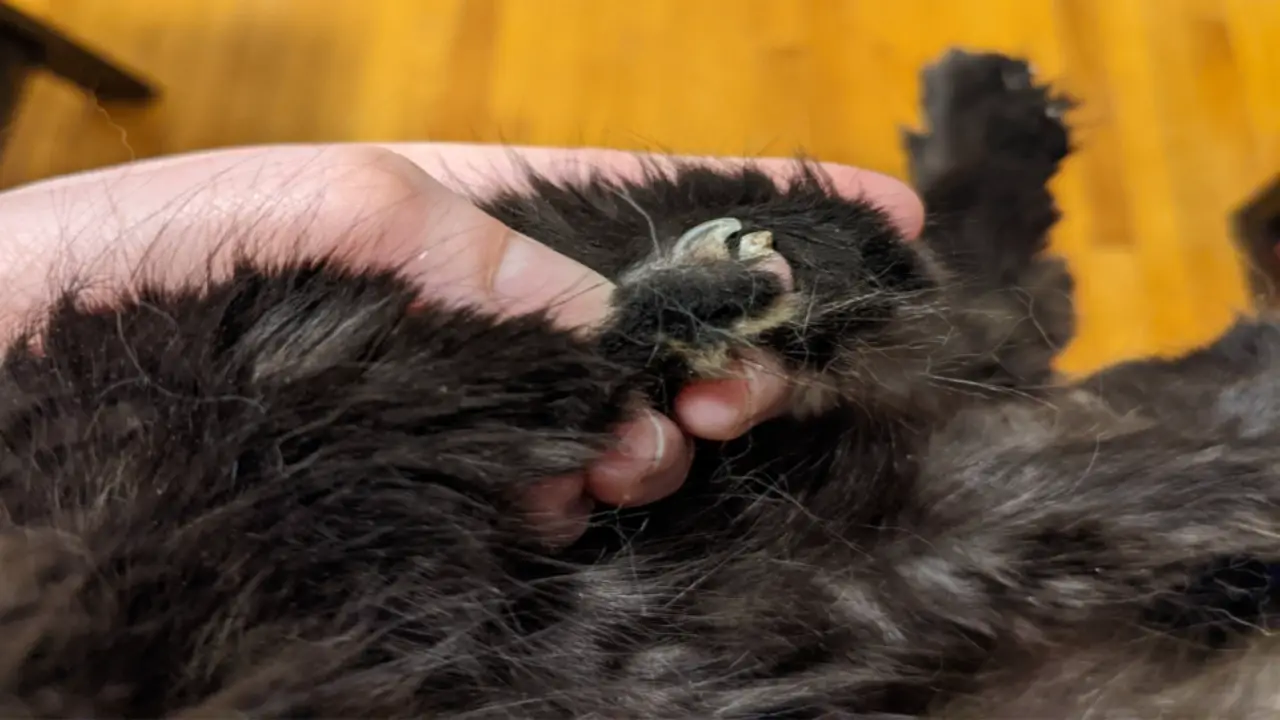
The development of calluses on a cat paw pad callus is attributed to various causes. Pressure and friction exerted on the paw pads are common culprits behind callus formation. Poorly fitting shoes or socks can lead to discomfort and callus development.
Trauma or injury to the paw pad can also result in callus formation. Additionally, allergies can cause inflammation and subsequent callus formation on the cat’s paw pads. Overgrown nails can create friction and pressure, contributing to callus formation. These factors highlight the importance of proper care and attention to a cat’s paw pads to prevent the distressing development of calluses.
Pressure And Friction
Excessive pressure and friction from walking or running on uneven surfaces can lead to calluses on a cat’s paw pads. A lack of activity can also contribute to the build-up of calluses, as decreased mobility increases the pressure on the paw pads.
Additionally, long hair in cats can cause matting between the toes, resulting in discomfort friction and callus formation. Outdoor cats are more prone to callus development due to increased exposure to rough surfaces and environmental factors. On the other hand, indoor cats may develop calluses from constant rubbing on hard surfaces within their environment.
Poorly Fitting Shoes Or Socks
Wearing shoes or socks that don’t fit properly can lead to rubbing and friction on a cat’s paw pads, resulting in callus formation. The materials used in poorly fitting footwear can also irritate the paw pads and contribute to the development of calluses.
It’s important to note that inflammation and discomfort caused by ill-fitting shoes or socks may cause a cat to lick or chew their paws excessively, which can worsen callus formation. If a cat is continuously exposed to footwear that doesn’t fit well, it can result in chronic callus formation on the paw pads. Regular preventive measures like trimming nails and providing appropriate footwear can help prevent callus formation.
Trauma Or Injury
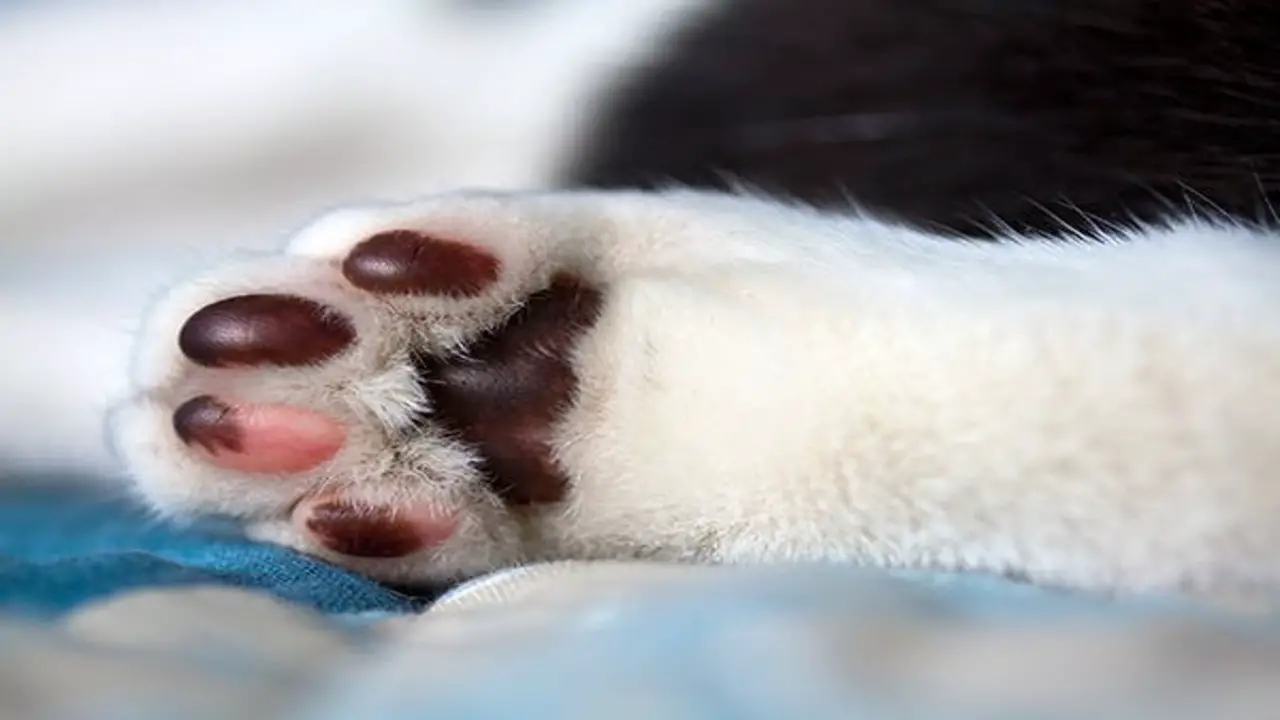
Trauma or injury to a cat’s paw pad, such as cuts or burns, can lead to the formation of calluses as a part of the healing process. Additionally, surgical procedures or interventions on the paw pads can cause temporary or permanent callus formation.
Certain dermatological conditions or infections affecting the paw pads can also result in callus formation as a secondary symptom. Chronic inflammation or irritation of the paw pads due to trauma or injury can contribute to callus formation. It is important to seek prompt veterinary care and ensure proper wound management to help minimize callus formation after paw pad injuries.
Allergies
Allergic reactions to certain substances, such as specific types of litter or cleaning products, can lead to inflammation and the formation of calluses on a cat’s paw pads. Walking on grass or other outdoor surfaces treated with chemicals can also cause contact allergies, resulting in callus development.
Additionally, food allergies or sensitivities can manifest as dermatological symptoms, including calluses on the paw pads. Environmental allergens like pollen or dust mites can trigger allergic reactions that affect the paw pads and contribute to callus formation. To reduce callus formation caused by allergies, it is important to identify and avoid allergens, along with providing appropriate treatment and management.
Overgrown Nails
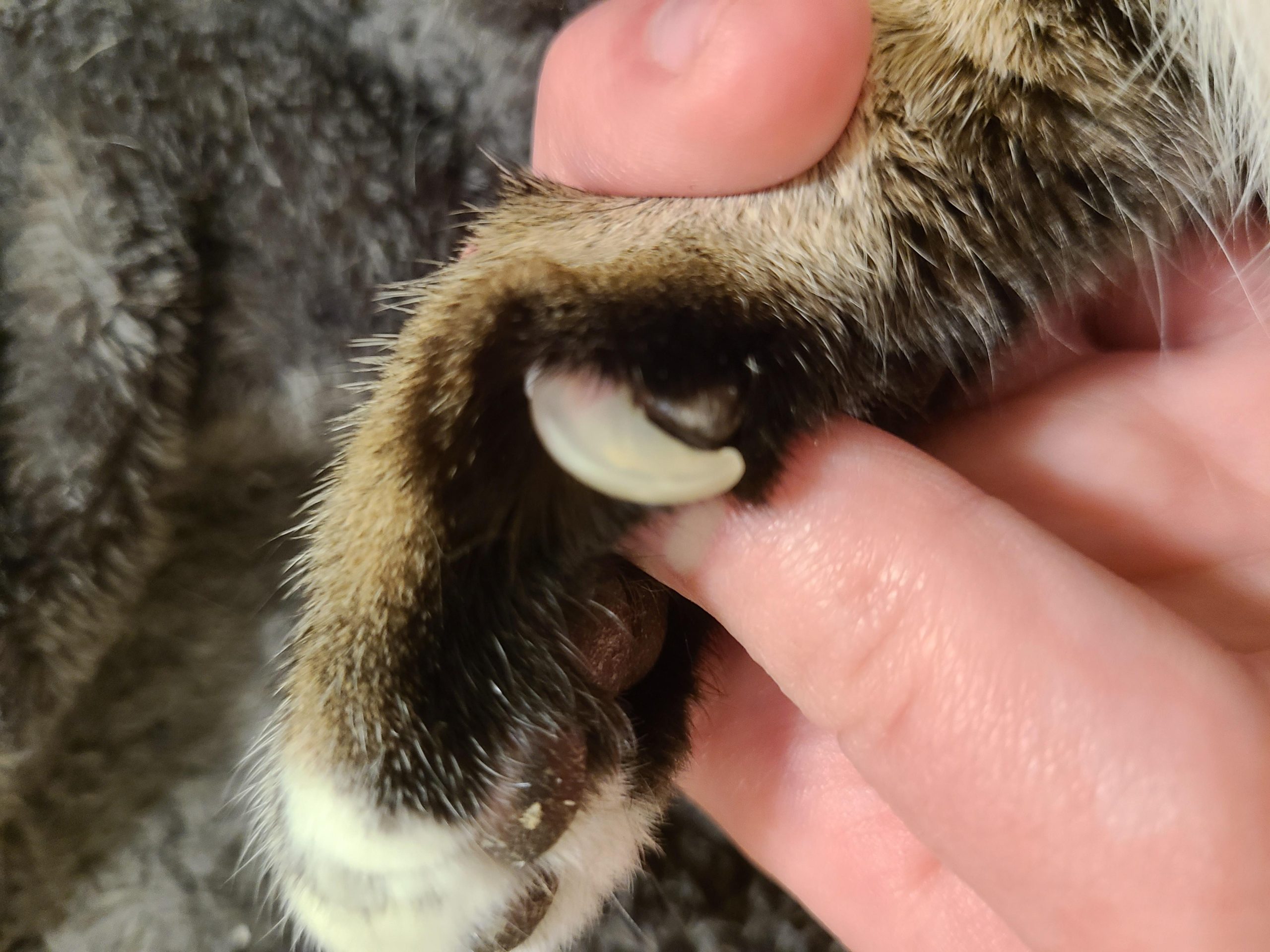
Overgrown nails in cats can apply pressure on the sensitive paw pads, resulting in the development of calluses. This is often seen when the nails are improperly trimmed or maintained regularly. Cats with medical conditions like arthritis or decreased mobility are more susceptible to overgrown nails and subsequent callus formation.
It is important to establish a routine for regular nail trimming and preventive care to prevent calluses related to overgrown nails. Consultation with a veterinarian or professional groomer is recommended to ensure proper nail trimming techniques and maintenance. By taking these steps, cat owners can help their feline companions avoid the discomfort and potential complications of overgrown nails.
Deformities
Certain structural deformities in the cat’s paw pads can increase the likelihood of callus formation. Whether congenital or acquired, these abnormalities in the alignment or development of bones and tissues create excessive pressure and friction on specific areas, leading to calluses.
Genetic factors can also contribute to deformities associated with callus formation. Regular monitoring by a veterinarian is crucial to manage and minimize callus formation in cats with paw pad deformities.
Supportive care, such as padding or orthotic devices, may be recommended to reduce pressure on affected areas. Early intervention and appropriate management can help ensure the comfort and well-being of cats with paw pad deformities.
Infection
Bacterial or fungal infections affecting the paw pads can lead to inflammation and skin thickening, resulting in calluses forming on a cat’s paw pad. Chronic infections, such as those caused by the papillomavirus, may cause the development of lumps or bumps on the paw pads, which can eventually turn into calluses.
It’s important to note that systemic infections or immune disorders can also manifest as dermatological symptoms, including callus formation on the paw pads.
Accurate diagnosis and targeted treatment of the underlying infection are crucial to managing callus formation associated with infections. Regular veterinary check-ups and preventive measures like vaccinations and parasite control can help reduce the risk of infections leading to callus formation.
Genetics

Certain cat breeds may be genetically predisposed to developing calluses on their paw pads. Inherited traits or characteristics in these breeds can affect the paw pads’ structure, thickness, or resilience, making them more susceptible to callus formation.
Genetic factors can also contribute to developing medical conditions or abnormalities that lead to callus formation. Breeders or veterinarians may provide breed-specific care recommendations, including preventive measures and monitoring for callus formation. Awareness of these genetic predispositions can help cat owners and breeders take proactive steps to prevent or manage callus formation.
Lack Of Proper Care
Inadequate cat paw pad care, such as infrequent cleaning or moisturizing, can contribute to the development of calluses. Callus formation may progress if early signs of discomfort or inflammation in the paw pads are neglected. Neglecting regular nail trimming and maintenance can lead to overgrown nails, exacerbating callus development.
Failing to provide appropriate footwear or environmental modifications for cats with specific needs can also contribute to callus formation. Education on proper paw pad care and preventive measures, including regular grooming and veterinary check-ups, is essential in minimizing callus formation due to a lack of proper care.
Symptoms Of Cat-Paw Pad Callus
Cat-paw pad callus is characterized by the presence of hard, thickened skin on cats’ paw pads. This condition can cause discomfort or pain when walking or standing and redness or inflammation around the affected area. In some cases, cracks or fissures may develop in the skin.
To alleviate these symptoms, regular moisturizing of the paw pads is recommended. Using paw balms or creams can also help soften the calluses. If the callus persists and causes significant distress to the cat, veterinary intervention may be necessary. Taking early action and addressing the symptoms promptly is the best course of action to ensure the well-being of your furry friend.
How Painful Is Cat-Paw Pad Callus For Cats?
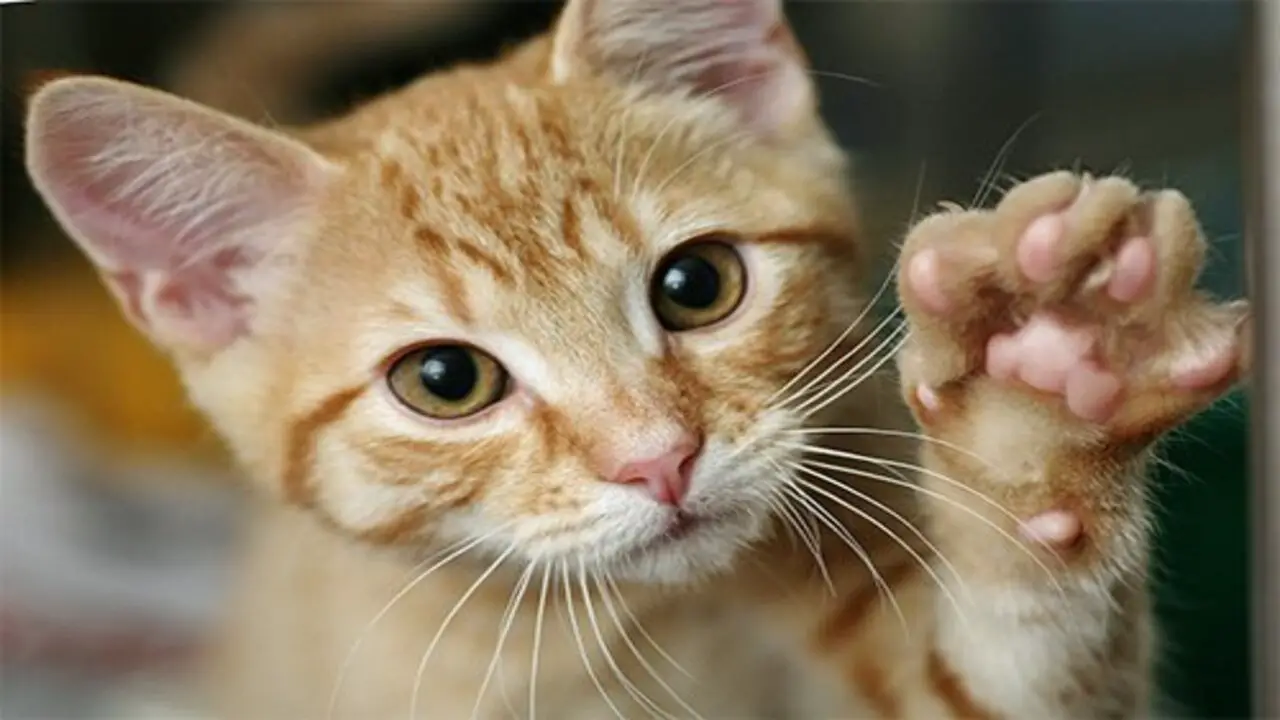
Cat-paw pad calluses can be a source of discomfort and pain for cats, particularly if the callus is severe. Symptoms may include limping and reluctance to walk. Treatment options can help alleviate the pain, such as trimming excess fur and using moisturizing creams.
Consulting a veterinarian for proper diagnosis and treatment is important, as untreated calluses can lead to more serious issues like infections or ulcers. Your vet can provide you with the appropriate treatment plan based on your cat’s specific needs.
Identifying Serious Signs Linked To Cat-Paw Pad Callus
Recognizing the symptoms and signs of cat-paw pad callus is essential for identifying when veterinary care is necessary. Common causes such as excessive grooming or walking on rough surfaces can lead to dry, cracked, or thickened paw pads.
However, it’s important to be aware of serious signs that indicate a paw pad injury requiring immediate attention. These signs include bleeding, swelling, or limping. If your cat exhibits any of these symptoms, it’s crucial to seek veterinary care promptly.
Treatment options for cat-paw pad callus include moisturizing balms, regular fur trimming around the pads, and providing protective paw covers. Regular checkups with a veterinarian help monitor paw pad health and address any concerns.
Treatment Options For Cat-Paw Pad Callus
To relieve your cat’s paw pad callus, you can consider several treatment options. First, ensure your cat has soft surfaces to walk on, such as carpets or mats, to minimize pressure and friction on the paw pads. You can also use paw balms or moisturizers to keep the pads soft and prevent cracking.
Trimming excess fur around the paw pads can reduce friction as well. For more severe cases, it is advisable to consult with a veterinarian who may recommend medical treatments like surgical removal or laser therapy. Regularly inspecting and caring for your cat’s paw pads can help prevent further callus formation.
Clipping And Trimming Of Cat Paw Callus
To safely remove excess callus from your cat’s paw pads, following proper trimming and clipping techniques is important. Start by identifying the causes of cat-paw pad callus, including genetics, rough surfaces, and excessive grooming. Look for symptoms such as thickened, discolored, or cracked paw pads.
When trimming, use scissors or clippers specifically designed for cats. Be gentle and careful not to cause any distress or injury. Additionally, consider using moisturizing creams or protective paw balms to prevent future callus formation. Remember to provide soft bedding and avoid abrasive surfaces to protect your kitty’s paws further.
Surgical Procedures For Severe Cases
In severe cases of cat-paw pad callus, surgical procedures may be necessary to provide relief and improve your feline friend’s quality of life. Excess weight or overuse commonly causes calluses on cat paw pads, leading to rough or cracked pads and difficulty walking.
While non-surgical treatments like moisturizing creams and paw pad protectors can help in milder cases, surgical options may be required for more severe instances. These options include debridement, which involves the removal of excess callused tissue, or skin grafts, where healthy tissue is transplanted to promote healing. Regular paw pad maintenance and prevention strategies are vital to avoid future calluses.
What To Do If The Pads Come Off?
When dealing with a damaged paw pad, taking the appropriate steps to ensure proper healing and prevent infection is important. Seek immediate veterinary attention if the entire pad comes off. But, if only a portion of the pad is damaged, clean it with warm water and apply antibiotic ointment to promote healing.
It is important to prevent the animal from licking or biting at the area and monitor for signs of infection or discomfort, such as swelling, redness, or limping. Keeping the wound clean and dry can also help speed up the healing process.
What To Do If The Pads Are Torn Open?
If your cat’s paw pads are torn open, you must seek veterinary care immediately. Keep the affected paw clean and dry until you can reach a vet. Avoid trying to treat the injury yourself to prevent infection or further damage. Your vet will assess the severity and provide appropriate treatment options.
How To Prevent Cat-Paw Pad Callus?

You can prevent cat-paw pad callus by following a few simple steps. Regularly trimming your cat’s nails can help prevent excessive pressure on the paw pads, leading to calluses. Providing a comfortable surface for your cat to walk and rest on is also important, as hot or rough surfaces can cause damage to the paw pads.
Regularly moisturizing paw balm can help keep the pads soft and supple, reducing the likelihood of developing calluses. Providing your cat with a healthy diet enriched with vitamins and minerals like vitamin E and omega-3 fatty acids can also contribute to healthy paw pad development.
Conclusion
Cat paw pad calluses can be caused by various factors such as pressure and friction, poorly fitting shoes or socks, trauma or injury, allergies, overgrown nails, deformities, infection, genetics, and lack of proper care.
It’s important to recognize the symptoms of cat-paw pad calluses and understand the level of pain they may cause for your feline companion. If you notice any serious signs or discomfort, it’s essential to seek appropriate treatment options.
This may include clipping and trimming the callus, surgical procedures for severe cases, and providing proper care to prevent further development. By taking proactive measures to prevent cat-paw pad calluses, you can ensure the comfort and well-being of your furry friend.
Frequently Asked Questions
Can Cat-Paw Pad Callus Fall Off Naturally?
Cat-paw pad calluses can fall off naturally, although it is not common. If the callus causes discomfort or difficulty walking, a veterinarian may remove it. Regularly applying moisturizer to the paw pads can prevent callus formation. Monitor your cat’s paw pads and consult a vet for any concerns.
Is Regular Paw Care Crucial For Cats?
Regular paw care is essential for cats to prevent and treat paw pad calluses. Regularly trimming nails, checking for debris or injuries, and moisturizing the paw pads can ensure your cat’s comfort and prevent infections. Neglecting paw care can lead to discomfort and health issues for your feline companion.
Why Does My Cat Have Calluses On His Paws?
Excessive walking or running on hard surfaces can cause calluses on a cat’s paws. Allergies or skin conditions can also lead to callus development. Look for symptoms like rough, cracked, or thickened paw pads. Treatments include moisturizing the pads and providing softer surfaces for your cat to walk on.
How Often Do Cats Get Calluses On Their Pads?
Calluses on cat paw pads are common, but the frequency varies. Outdoor cats may develop calluses more often due to rough surfaces. Certain breeds may be more prone to calluses. Regular paw pad care, like moisturizing and trimming excess fur, can help prevent calluses.
What Do You Do If A Cat’s Paw Is Inflamed?
If you notice inflammation in your cat’s paw, it is important to take them to the vet for a proper diagnosis. The cause could be allergies or infections. Treatment options may include antibiotics, anti-inflammatory medication, or topical ointments. Proper cleaning and maintenance of your cat’s paws can help prevent calluses and inflammation.

Aquarium passion is all about connecting with the aquatic life and providing education to the public on the importance of these creatures. We showcase a wide variety of marine life through our exhibits as well as working with schools to provide unique learning opportunities for students of all ages.

